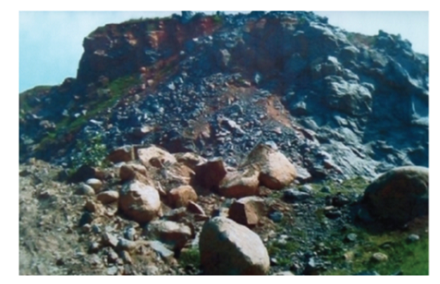


Indian Journal of Science and Technology
Year: 2022, Volume: 15, Issue: 1, Pages: 1-8
Original Article
A V S Satyanarayana1*, M Jagannadha Rao2, B Seetharami Reddy3, K Chandra Mouli1, T V S P V Satya Guru4
1Department of Engineering Physics, Andhra University, AP, Visakhapatnam, India
2Department of Geology, Andhra University, AP, Visakhapatnam, India
3Department of Nuclear Physics, Andhra University, AP, Visakhapatnam, India
4Department of Chemistry, Vignan’s Institute of Information Technology, AP, 530046, Visakhapatnam, India
*Corresponding Author
Email: [email protected]
Received Date:11 September 2021, Accepted Date:11 December 2021, Published Date:21 January 2022
Background/Objectives: The demand for exact quantification analyses in complex ore assemblages is increasing rapidly as mineral processing studies become more sophisticated. In response to this need, an Electron Micro Probe Analysis and Proton Induced X-ray Emission complementary based analytical tool procedure for the chemical characterization of minerals was employed to study the metamorphic rocks. Methods : In this work, we compare the quantitative analysis of high-grade metamorphic rocks by proton induced X-ray emission (PIXE) with that of the previous analyses by electron probe microanalysis (EPMA). During this investigation, the PIXE analytical method on a nuclear microprobe was added to the previously well-known EPMA for the chemical quantification of high-grade metamorphic rocks from the Charnockite Hill, Visakhapatnam, A.P., India. For the evolution and geochemical characterization of the metamorphic rocks, the above two methods are compared and discussions are made with respect to certain elements. Findings: Particle-induced X-ray emission is well-matched except for certain elements for the chemical characterization of metamorphic rocks belonging to earth material samples. This comparison with EPMA demonstrates the elemental quantification characteristics for such analyses. Not only is an exploratory study of proton induced X-ray emission benefit presented, but also a synopsis of comparison with electron probe microanalysis aimed at a responsible reply to metamorphic rock analytical questions. Novelty: The complementary technique, especially EPMA, is required to fill the elemental gaps that are not determined in the case of matrix complex charnockite compositional analysis by PIXE with 3MeV and a Si (Li) detector.
Keywords: Electron and Proton Microprobes; Complementary Techniques; Metamorphic Rocks; Elemental Analysis
© 2022 Satyanarayana et al. This is an open-access article distributed under the terms of the Creative Commons Attribution License, which permits unrestricted use, distribution, and reproduction in any medium, provided the original author and source are credited.
Published By Indian Society for Education and Environment (iSee)
Subscribe now for latest articles and news.